How Much Does It Cost to Insulate a 1,500 Sq Ft Attic?
The average cost to insulate a 1,500 square foot attic typically ranges from $3,120 to $10,920, including materials and labor. This translates to approximately $2.08 to $7.28 per square foot. The total cost depends on the type of insulation used and the complexity of the installation. Different insulation materials offer various levels of thermal resistance and durability, which can affect both initial costs and long-term savings. It’s essential to consider the specific needs of your home and climate when choosing the right insulation type to ensure optimal performance and energy efficiency.
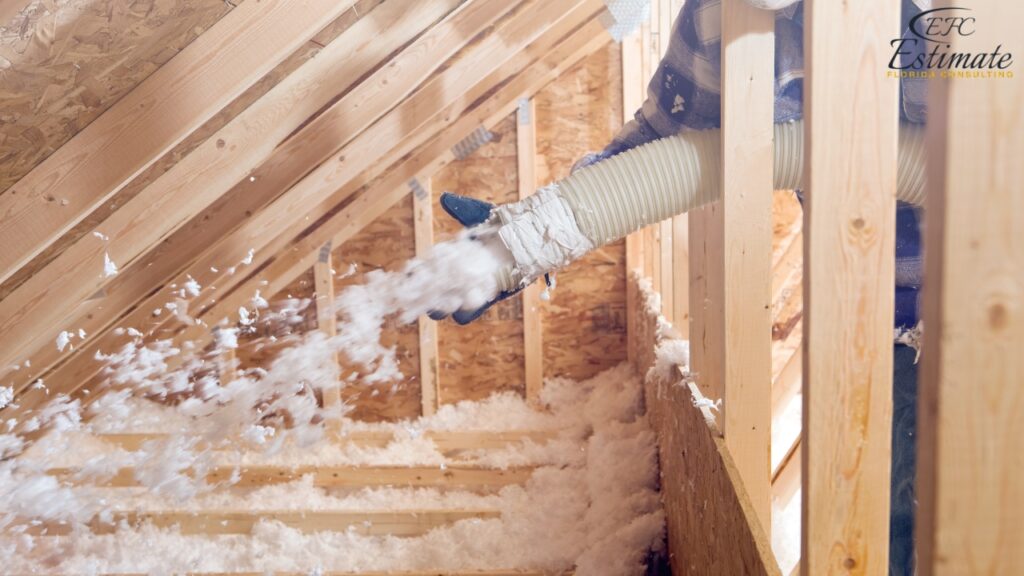
Moreover, insulation can provide soundproofing benefits, contributing to a quieter home environment by reducing the transmission of external noises.
Insulation Type | Cost per Square Foot | Total Cost Range |
Batt Insulation | $2.08 – $4.16 | $3,120 – $6,240 |
Blown-In Insulation | $2.08 – $6.24 | $3,120 – $9,360 |
Spray Foam Insulation | $5.20 – $7.28 | $7,800 – $10,920 |
Factors Influencing Attic Insulation Costs
Several factors influence the overall cost of attic insulation, each contributing to the final expense in unique ways. Understanding these factors can help homeowners budget accurately and make informed decisions about their insulation project. Considering these variables can also provide insights into potential areas for cost savings or necessary investments to ensure the insulation is effective and durable.
Type of Insulation
The type of insulation you choose significantly impacts the overall cost. Batt insulation is usually the least expensive option, while spray foam insulation is the most expensive due to its superior insulating properties and air-sealing capabilities. The choice of material can also affect installation time and efficiency, with some options requiring more labor-intensive processes. Additionally, different insulation materials have varying levels of thermal resistance, which can influence their effectiveness in maintaining a comfortable indoor environment. For example, spray foam not only insulates but also acts as a barrier against moisture and air leaks, offering additional protection and benefits compared to other types.
Labor Costs
Labor costs can vary based on the region, the complexity of the installation, and the contractor’s experience. On average, labor costs can account for 50% to 70% of the total insulation cost. Experienced contractors may charge more, but they often provide higher quality work that can result in better insulation performance and longevity. It’s crucial to choose a reputable contractor who has the necessary expertise to ensure the insulation is installed correctly and efficiently. Moreover, the time of year can influence labor costs, as peak seasons for construction and home improvement might see higher rates due to increased demand.
Labor Type | Cost per Square Foot | Total Labor Cost Range |
Basic Labor | $1.04 – $2.08 | $1,560 – $3,120 |
Skilled Labor | $2.08 – $4.16 | $3,120 – $6,240 |
Specialist Labor | $4.16 – $6.24 | $6,240 – $9,360 |
Existing Insulation Removal
If your attic already has old or damaged insulation that needs to be removed before new insulation can be installed, this will add to the overall cost. Removal costs can range from $2.08 to $3.12 per square foot. Proper removal of existing insulation is crucial to ensure that the new insulation performs optimally, as residual materials can impede installation and reduce efficiency. Additionally, removing old insulation can help identify and address any underlying issues such as mold or pest infestations. This step is essential for maintaining a healthy living environment and ensuring that the new insulation adheres properly.
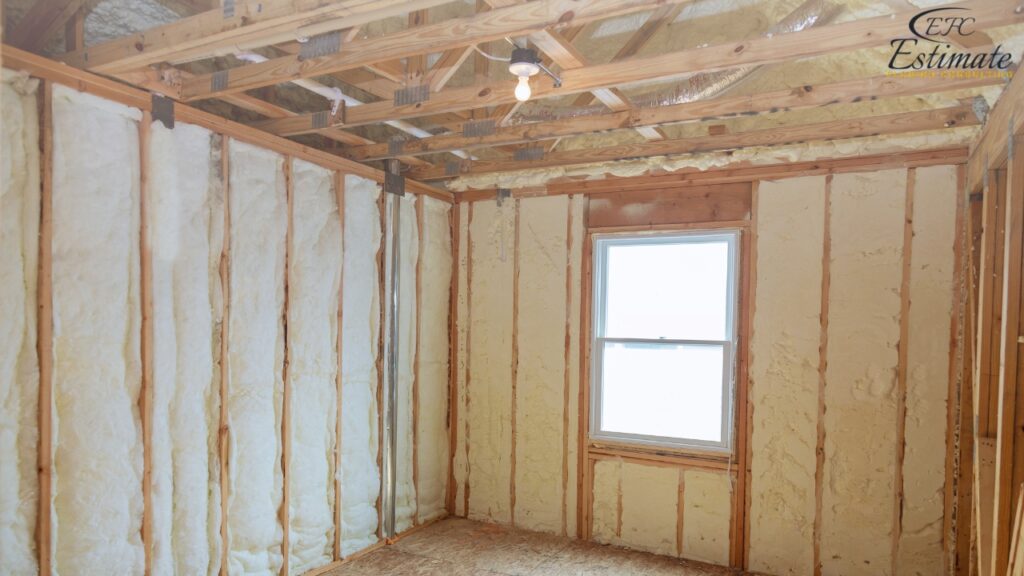
Removal Task | Cost per Square Foot | Total Removal Cost Range |
Basic Removal | $2.08 | $3,120 |
Complex Removal | $3.12 | $4,680 |
Attic Accessibility
The ease of access to your attic can also affect the cost. If your attic is difficult to access or has limited headroom, the installation may take longer and require additional labor, increasing the overall cost. Inaccessible attics might also necessitate special equipment or modifications, further adding to the expense. Ensuring easy access to the attic can help streamline the installation process and reduce labor costs. Additionally, improving access to the attic can facilitate future maintenance and inspections, ensuring that the insulation remains effective over time.
Types of Attic Insulation
Understanding the types of attic insulation available can help homeowners choose the best option for their needs and budget. Each type of insulation has its own set of advantages and disadvantages, making it important to consider factors such as cost, effectiveness, and ease of installation. Choosing the right type can also depend on the specific characteristics of your attic and your long-term energy efficiency goals.
Batt Insulation
Batt insulation, made from fiberglass or mineral wool, is one of the most common and cost-effective types of attic insulation. It comes in pre-cut panels that fit between the attic’s joists and rafters. While it is easy to install, it may leave gaps if not fitted properly, which can reduce its overall effectiveness. Batt insulation is ideal for straightforward attic layouts and provides a reliable and affordable solution for many homes. It’s also easy to handle and install for DIY projects, making it a popular choice among homeowners looking to save on installation costs.
Blown-In Insulation
Blown-in insulation, made from cellulose or fiberglass, is applied using a blowing machine. It provides better coverage than batt insulation, filling in gaps and hard-to-reach areas. This type of insulation is effective for adding insulation over existing layers and can adapt to irregular attic spaces more easily. Blown-in insulation is particularly useful for attics with complex layouts or obstacles, ensuring thorough coverage and improved energy efficiency. Additionally, blown-in insulation can settle over time, potentially reducing its effectiveness, so periodic inspections might be necessary to maintain its insulating properties.
Spray Foam Insulation
Spray foam insulation is the most expensive but offers the best performance. It expands upon application, filling gaps and providing an airtight seal. It is ideal for homes that require superior insulation and air sealing, though it requires professional installation due to the complexity and safety concerns of the application process. Spray foam insulation is highly effective in preventing air leaks and moisture infiltration, making it a top choice for maximizing energy savings and indoor comfort. Its durability and long lifespan make it a worthwhile investment for homeowners seeking long-term benefits and reduced energy costs.
90% More Chances to Win Projects With Our Estimate!
- Multi-Family Building
- Hotel Building
- Hospital Building
- Warehouse Building
- School & University Building
- High-Rise Building
- Shopping Complex
- Data Center Building
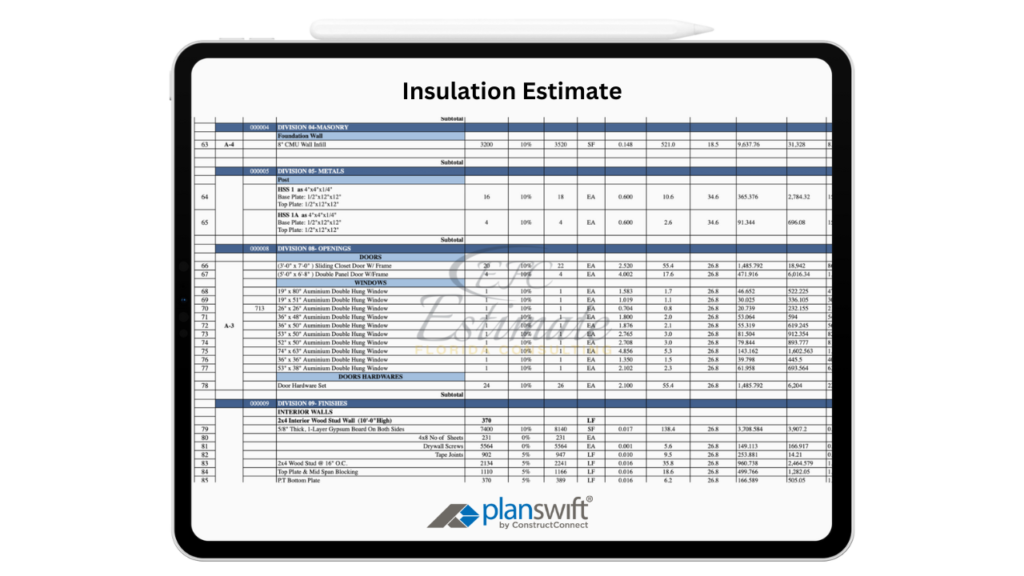
Benefits of Attic Insulation
Insulating your attic offers numerous benefits that go beyond just temperature control. Proper insulation can enhance your home’s energy efficiency, comfort, and overall value. It can also contribute to a healthier living environment by preventing mold growth and improving indoor air quality.
Energy Efficiency
Properly insulating your attic can significantly reduce your home’s energy consumption. By preventing heat loss in the winter and heat gain in the summer, insulation helps maintain a consistent indoor temperature, reducing the need for heating and cooling systems. This can lead to substantial savings on energy bills over time. Enhanced energy efficiency also contributes to a reduced carbon footprint, making your home more environmentally friendly. Energy-efficient homes often qualify for incentives and rebates, further offsetting the initial insulation costs.
Cost Savings
While the initial cost of insulation may seem high, the long-term savings on energy bills can offset this expense. Homeowners can expect to save 10% to 50% on their energy bills, depending on the climate and existing insulation. These savings can accumulate over the years, making insulation a cost-effective investment. Additionally, some insulation projects may qualify for rebates or tax credits, further reducing the overall cost. Insulating your attic can also increase your home’s resale value by enhancing its energy efficiency and comfort, making it more attractive to potential buyers.
Enhanced Comfort
Insulating your attic enhances indoor comfort by maintaining a more consistent temperature throughout the year. It helps prevent drafts and cold spots in the winter and keeps your home cooler in the summer. This improvement in comfort can also contribute to better overall health and well-being. Proper insulation can reduce noise pollution, creating a quieter and more peaceful living environment. It also helps regulate indoor humidity levels, preventing issues such as condensation and mold growth, which can impact both comfort and health.
Environmental Impact
By reducing energy consumption, attic insulation contributes to a lower carbon footprint. It helps decrease the demand for energy production, which can reduce greenhouse gas emissions and other environmental impacts. This makes insulation not only a financially smart choice but also an environmentally responsible one. Investing in energy-efficient insulation can be a crucial step in supporting sustainability and combating climate change. Additionally, using environmentally friendly insulation materials can further reduce your home’s environmental impact, promoting a more sustainable living space.
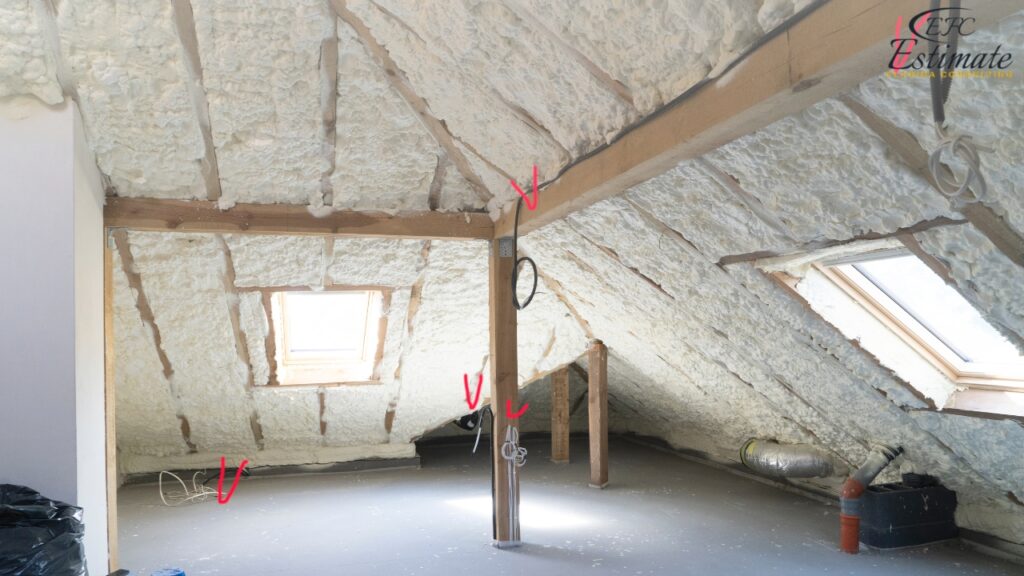
Additional Costs to Consider
In addition to the basic insulation costs, there are other potential expenses that homeowners should be aware of. These additional costs can impact the overall budget and should be factored into the planning process. Proper planning and budgeting can help avoid unexpected expenses and ensure a successful insulation project.
Ventilation
Proper ventilation is crucial when insulating an attic to prevent moisture buildup and ensure proper airflow. Installing or upgrading ventilation systems can add to the overall cost, but it is essential for maintaining a healthy attic environment. Poor ventilation can lead to moisture problems, reducing the effectiveness of the insulation and potentially causing damage to the attic structure. Adequate ventilation can extend the lifespan of the insulation and prevent issues such as mold growth and wood rot. It’s important to consult with a professional to ensure the ventilation system is correctly designed and installed to complement the insulation.
Moisture Barriers
In areas with high humidity, installing moisture barriers can prevent condensation and mold growth. This additional step can increase the overall cost but is essential for protecting the insulation and the attic’s structural integrity. Moisture barriers can help maintain the effectiveness of the insulation and prevent costly damage. They also contribute to a healthier indoor environment by reducing the risk of mold and mildew, which can affect air quality and pose health risks. Choosing the right type of moisture barrier and ensuring proper installation can enhance the longevity and performance of the insulation.
Professional Inspection
Hiring a professional to inspect your attic before and after insulation can help identify any potential issues and ensure that the installation is done correctly. This can add to the cost but provides peace of mind and guarantees optimal performance. A thorough inspection can uncover problems such as leaks, pests, or structural issues that need to be addressed before insulation. Professional inspectors can also provide valuable recommendations on the best insulation options for your specific needs and ensure that the installation meets industry standards. Regular inspections can help maintain the insulation’s effectiveness and prevent long-term problems.
Permits
In some areas, you may need a permit to install attic insulation. The cost of permits varies by location and can add to the overall project cost. It’s important to check local regulations and obtain any necessary permits to avoid fines or delays. Permits ensure that the insulation project complies with building codes and safety standards, providing an extra layer of assurance. Consulting with a professional contractor can help navigate the permit process and ensure all legal requirements are met. Additionally, having the proper permits can protect your investment and ensure the work is recognized and approved by local authorities.
Cost Comparison by Insulation Material
Different insulation materials come with varying costs and benefits. Understanding the differences can help you make an informed decision that balances cost and performance. Comparing insulation materials can also provide insights into their suitability for specific attic conditions and energy efficiency goals.
Insulation Material | Cost per Square Foot | Benefits |
Fiberglass Batts | $2.08 – $4.16 | Affordable, Easy to Install |
Blown-In Cellulose | $2.08 – $6.24 | Good Coverage, Eco-Friendly |
Spray Foam | $5.20 – $7.28 | Best Performance, Airtight Seal |
Fiberglass Batts
Fiberglass batts are one of the most affordable insulation options, making them a popular choice for budget-conscious homeowners. They are easy to install, especially for DIY projects, and provide decent thermal resistance. However, they must be installed carefully to avoid gaps that can reduce their effectiveness. Fiberglass batts are available in various thicknesses and can be customized to fit different attic spaces. They also offer good fire resistance, adding an extra layer of safety to the home. Despite their affordability, fiberglass batts may require periodic maintenance to ensure they remain effective over time.
Blown-In Cellulose
Blown-in cellulose insulation is made from recycled paper products, making it an eco-friendly option. It provides excellent coverage, filling in gaps and hard-to-reach areas better than batts. This type of insulation is particularly effective for attics with irregular shapes or obstacles. Blown-in cellulose has good thermal and soundproofing properties, enhancing the comfort and energy efficiency of the home. However, it can settle over time, which may reduce its effectiveness and require periodic reapplication. Its eco-friendly nature and effective coverage make it a popular choice for homeowners looking to balance cost and environmental impact.
Spray Foam
Spray foam insulation offers the best performance in terms of thermal resistance and air sealing. It is ideal for homes that require superior insulation and moisture control. Although it is the most expensive option, its long-term benefits can outweigh the initial cost. Spray foam insulation expands upon application, creating an airtight seal that prevents air leaks and moisture infiltration. This makes it highly effective in maintaining consistent indoor temperatures and reducing energy consumption. Additionally, spray foam insulation is durable and long-lasting, providing a significant return on investment over time.
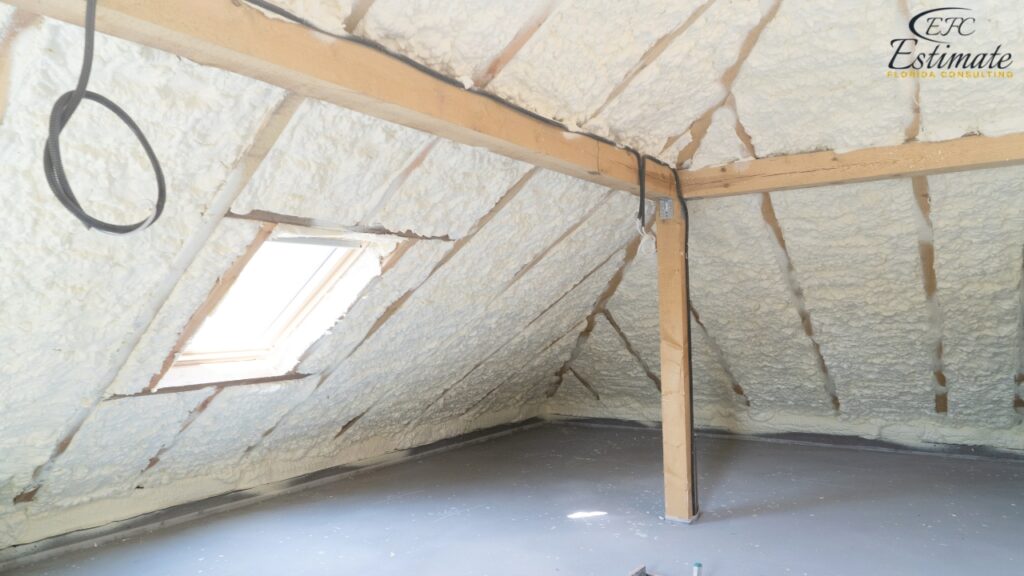
Its superior performance and longevity make it a preferred choice for homeowners seeking maximum energy efficiency and comfort.
Cost-Saving Tips
While insulating your attic can be a significant investment, there are ways to save money without compromising on quality. Implementing cost-saving strategies can help homeowners achieve their insulation goals within budget while ensuring effective and durable results. These tips can also enhance the overall efficiency and performance of the insulation, providing long-term savings and benefits.
DIY Installation
If you have the skills and tools, consider installing batt insulation yourself. This can save you a significant amount on labor costs. However, be sure to follow safety guidelines and installation instructions carefully to ensure the insulation is effective. DIY installation can also provide a sense of accomplishment and control over the project. Additionally, DIY projects allow homeowners to work at their own pace and make adjustments as needed. However, it’s important to recognize the limitations of DIY installation and seek professional help if the project becomes too complex or requires specialized skills.
Shop Around for Quotes
Get quotes from multiple contractors to find the best price for professional installation. Be sure to check their references and reviews to ensure you’re getting quality work. Comparing quotes can also help identify any discrepancies or additional costs that might not be immediately apparent. This process can provide insights into the market rates and help negotiate better deals. Additionally, working with reputable contractors can ensure the insulation is installed correctly and efficiently, maximizing its performance and longevity.
Opt for Blown-In Insulation
Blown-in insulation can be more cost-effective than spray foam and provides good coverage, making it a great middle-ground option. It offers a balance between cost and performance, ensuring effective insulation without the high price tag of spray foam. Blown-in insulation can be particularly beneficial for attics with irregular shapes or obstacles, ensuring thorough coverage. Additionally, its eco-friendly nature makes it a sustainable choice for environmentally conscious homeowners. Periodic inspections and maintenance can help maintain the effectiveness of blown-in insulation, ensuring long-term energy savings and comfort.
Take Advantage of Rebates and Incentives
Look for local, state, or federal rebates and incentives for energy-efficient home improvements. These can help offset the cost of insulation and make the investment more affordable. Incentives and rebates can significantly reduce the initial cost of the insulation project, providing financial relief. Additionally, some programs offer low-interest financing options, making it easier to budget for insulation improvements. Researching available incentives and working with knowledgeable contractors can help identify and take advantage of these opportunities. This can further enhance the affordability and feasibility of the insulation project, making it a smart investment for the long-term.
Download Template For Insulation Project Breakdown
- Materials list updated to the zip code
- Fast delivery
- Data base of general contractors and sub-contractors
- Local estimators

Conclusion
Insulating a 1,500 square foot attic is a valuable investment that can improve your home’s energy efficiency, comfort, and value. While the costs can vary based on several factors, understanding these variables can help you make an informed decision. By choosing the right type of insulation, budgeting for additional costs, and implementing cost-saving strategies, you can achieve a well-insulated attic that offers long-term benefits. Investing in proper attic insulation can lead to significant energy savings, reduced utility bills, and enhanced indoor comfort. Additionally, it can increase the overall value of your home and contribute to a more sustainable living environment.
FAQs
The average cost to insulate a 1,500 square foot attic ranges from $3,120 to $10,920, including materials and labor. This translates to approximately $2.08 to $7.28 per square foot.
Several factors influence the overall cost of attic insulation, including the type of insulation, labor costs, existing insulation removal, and attic accessibility.
The type of insulation significantly impacts the overall cost. Batt insulation is usually the least expensive option, while spray foam insulation is the most expensive due to its superior insulating properties and air-sealing capabilities.
Insulation Type | Cost per Square Foot | Total Cost Range |
Batt Insulation | $2.08 – $4.16 | $3,120 – $6,240 |
Blown-In Insulation | $2.08 – $6.24 | $3,120 – $9,360 |
Spray Foam Insulation | $5.20 – $7.28 | $7,800 – $10,920 |
Labor costs can account for 50% to 70% of the total insulation cost. The cost can vary based on the region, the complexity of the installation, and the contractor’s experience.
Labor Type | Cost per Square Foot | Total Labor Cost Range |
Basic Labor | $1.04 – $2.08 | $1,560 – $3,120 |
Skilled Labor | $2.08 – $4.16 | $3,120 – $6,240 |
Specialist Labor | $4.16 – $6.24 | $6,240 – $9,360 |
Yes, if your attic already has old or damaged insulation that needs to be removed, this will add to the overall cost. Removal costs can range from $2.08 to $3.12 per square foot.
Removal Task | Cost per Square Foot | Total Removal Cost Range |
Basic Removal | $2.08 | $3,120 |
Complex Removal | $3.12 | $4,680 |
If your attic is difficult to access or has limited headroom, the installation may take longer and require additional labor, increasing the overall cost.
Insulating your attic offers numerous benefits, including enhanced energy efficiency, cost savings on energy bills, improved indoor comfort, and a reduced environmental impact.
Insulating your attic offers numerous benefits, including enhanced energy efficiency, cost savings on energy bills, improved indoor comfort, and a reduced environmental impact.
You can save money on attic insulation by considering DIY installation for batt insulation, shopping around for quotes from multiple contractors, opting for blown-in insulation, and taking advantage of available rebates and incentives.
Google Reviews

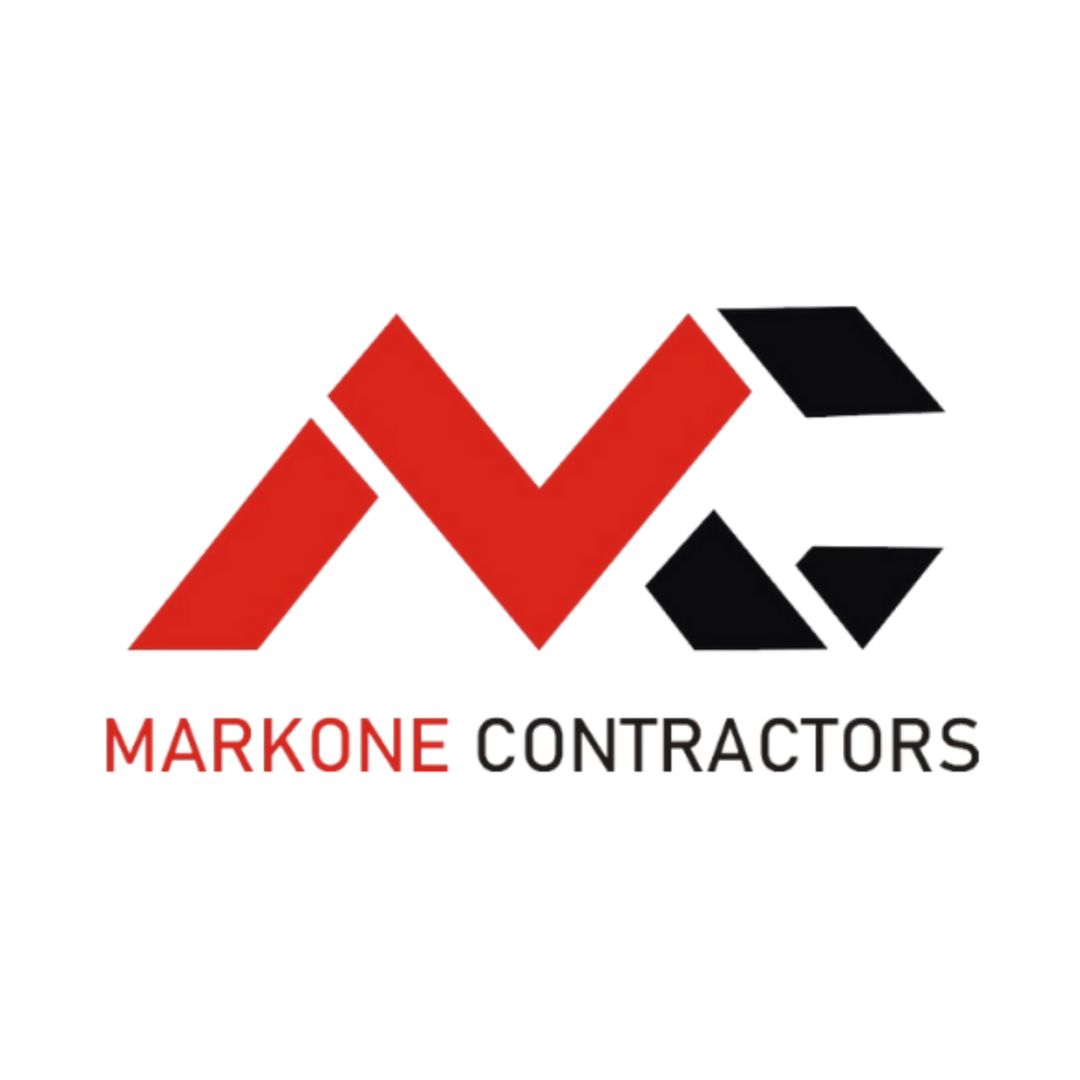

Process To Get It Cost to Insulate a 1,500 Sq Ft Attic Cost Estimate Report
Here I am going to share some steps to get it cost to insulate a 1500 sq ft attice cost estimate report.
-
You need to send your plan to us.
You can send us your plan on info@estimatorflorida.com
-
You receive a quote for your project.
Before starting your project, we send you a quote for your service. That quote will have detailed information about your project. Here you will get information about the size, difficulty, complexity and bid date when determining pricing.
-
Get Estimate Report
Our team will takeoff and estimate your project. When we deliver you’ll receive a PDF and an Excel file of your estimate. We can also offer construction lead generation services for the jobs you’d like to pursue further.

